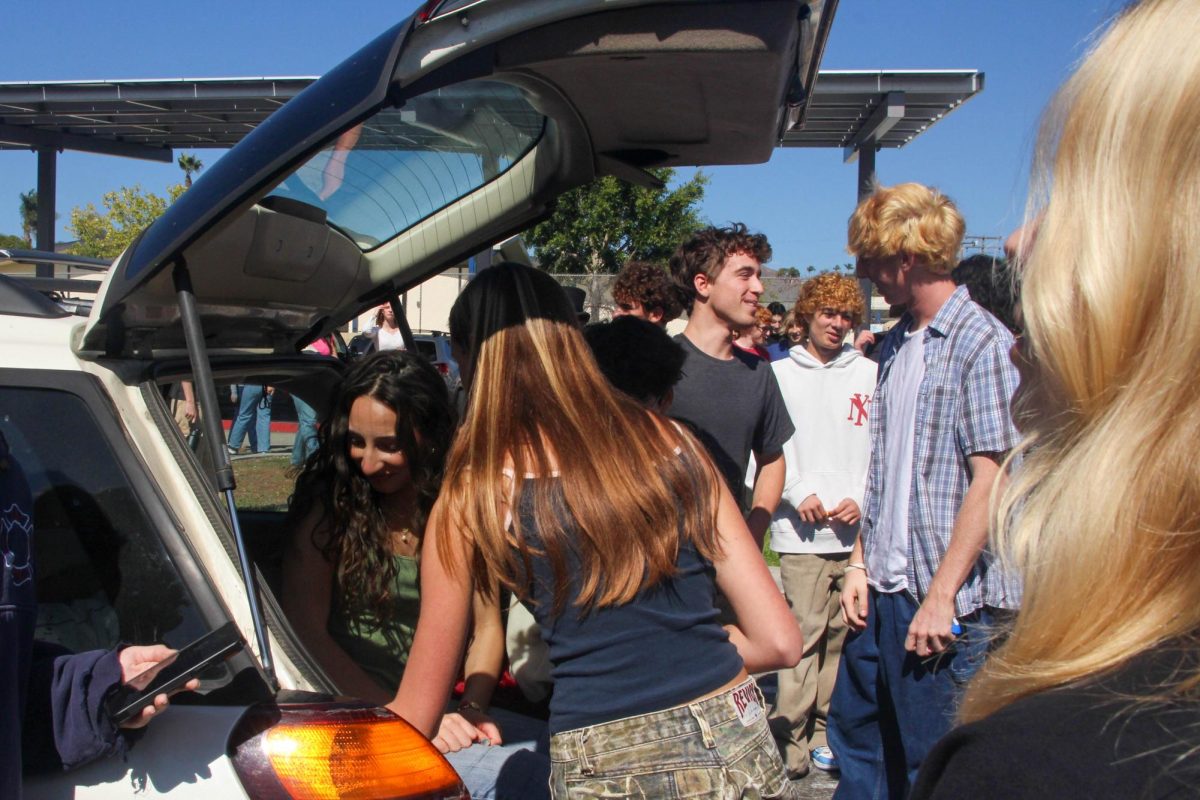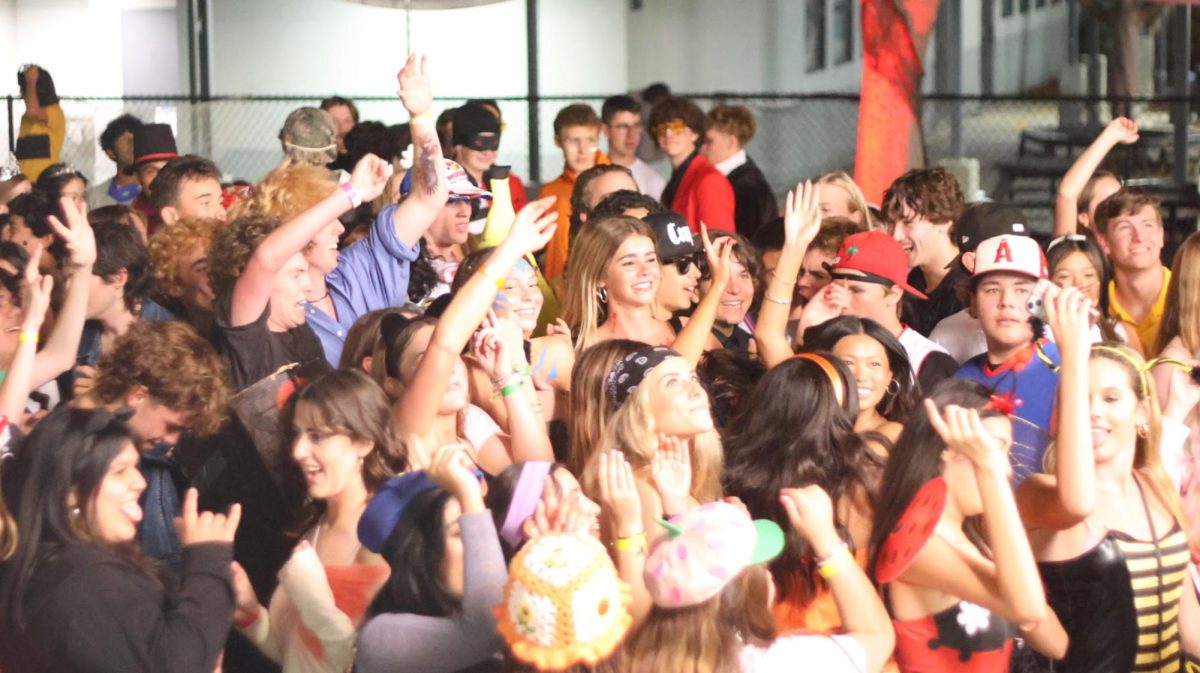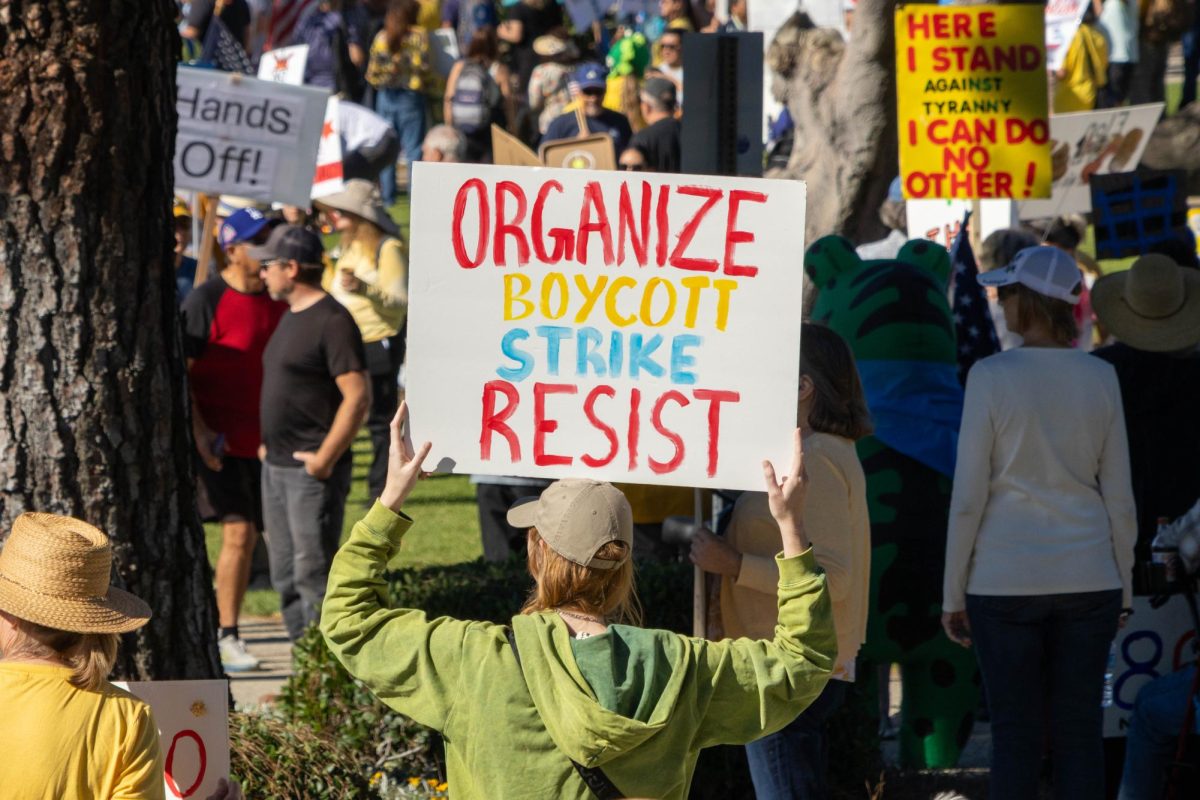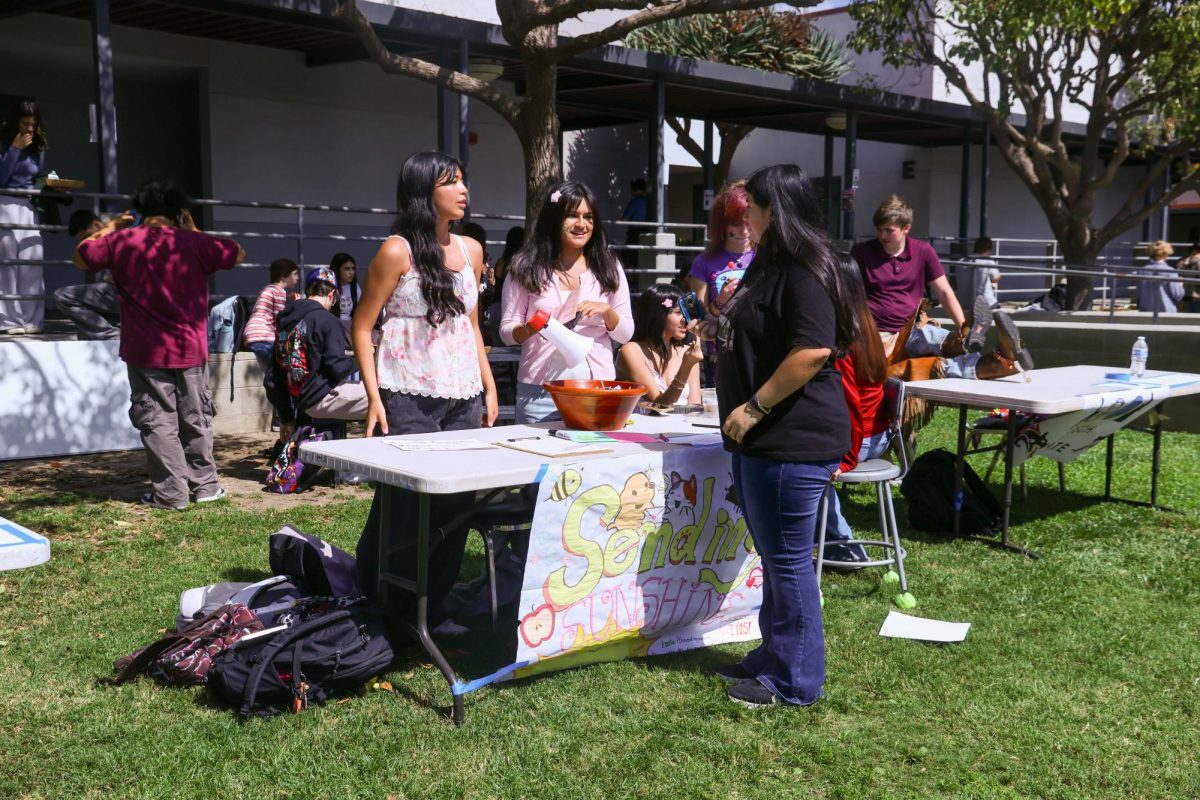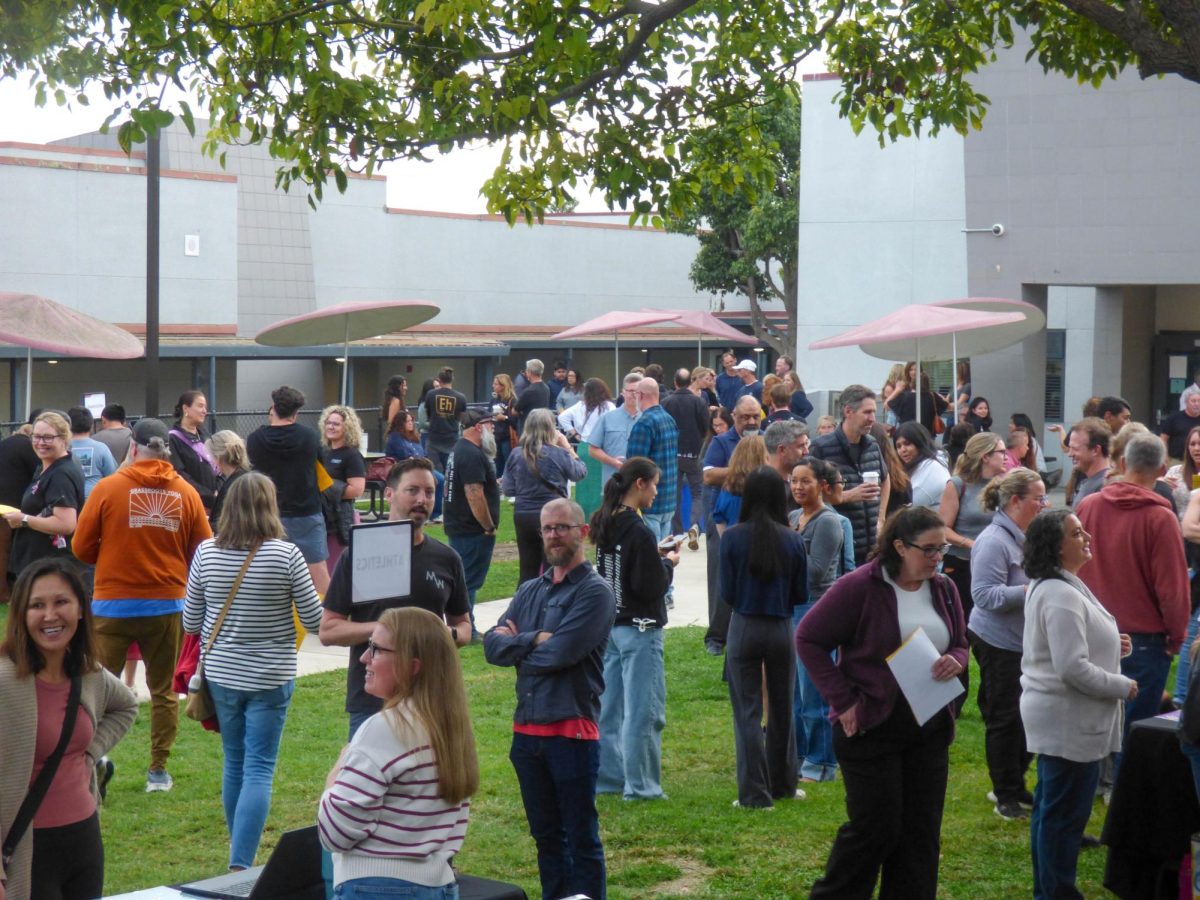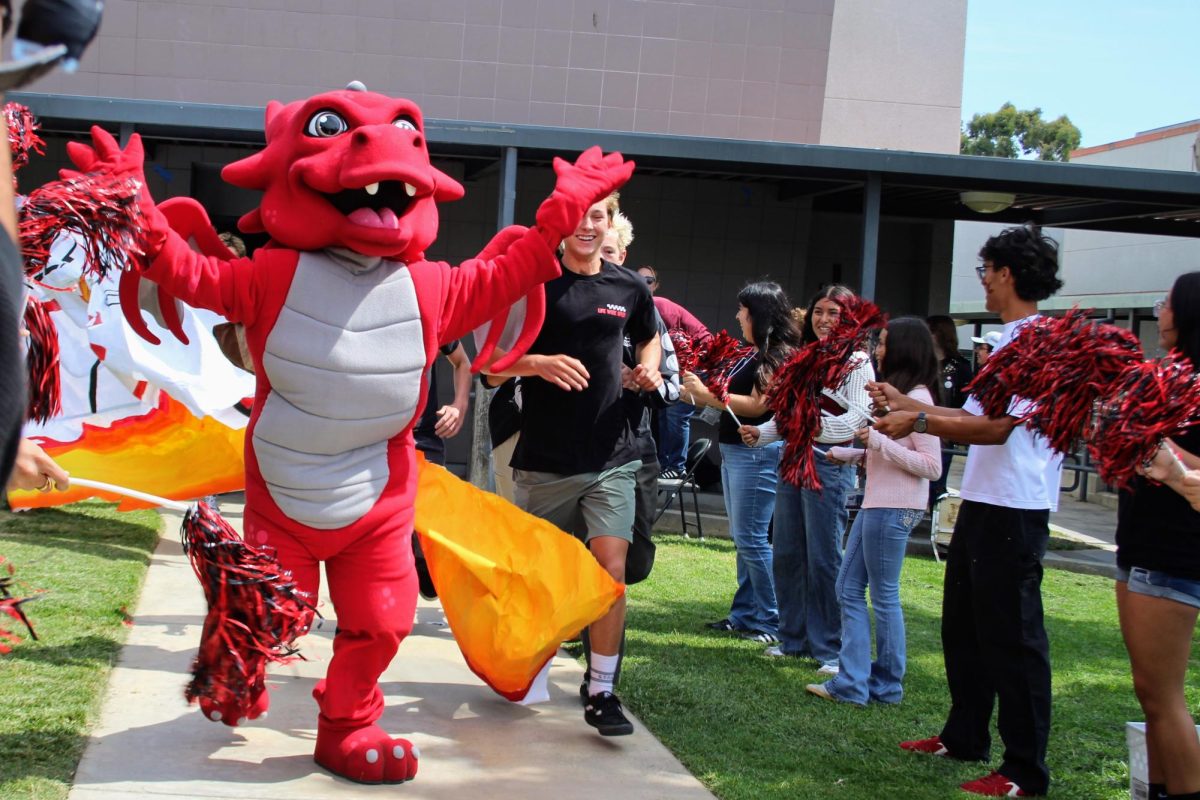A group of four Foothill seniors found a real-life application for the skills they learned in BioScience’s biotechnology course as they used DNA barcoding to test a total of 32 beef products for mislabeling at the Ventura based Coastal Marine Biolabs (CMB).
The student-led effort was carried out in connection with the NSF-funded Barcoding Life’s Matrix program hosted by CMB.
Seniors Jongseung Baek, Eric Moll, Emily Park, and Amanda Torres worked three to six hours a day conducting a five-day food authentication study as an extracurricular science project.
“The scientific processes we did were the same ones that were used on the after school fish lab: extraction, purification, [and] polymerase chain reaction,” said Torres. “We ran the DNA through a gel first to see if we had obtained protein and then another separate time to make sure we had copied the 650 base pair amplicon of the CO1 gene.”
The food products that were tested included ground beef, shaved steak, fresh and frozen beef patties, cooked burgers from fast food restaurants, and meatballs.
The reason for initiating the testing was prompted by the horse meat found in foods in Europe recently and because of multiple rumors concerning the legitimacy of labeling in America.
“It was prompted by various vague rumors that horse meat was in [our] food,” Moll said.
Companies such as Ikea and Nestle recalled products after detecting traces of horse meat in meatballs and pasta meals during the recent horse meat scandal.
The bioscience students found no evidence of horse meat in any of the food products tested, but instead domestic cow DNA in the products labeled 100 percent beef and both domestic cow and pig DNA in the products labeled saying the product contained both beef and pork.
A similar investigation, mentioned previously by Torres, was put on and conducted by Foothill students after school this January. Students from every grade and with varying experience levels tested fish DNA and whether the products were properly labeled.
Torres, who was a biotech representative that assisted teaching students during the fish DNA barcoding, described the after school program as “a testing zone to teach other kids at Foothill.”
“Working at CMB testing for horse meat, it felt like we actually had a purpose,” said Torres. “Our hand wasn’t held like it was in the after-school program.”
The other students who worked in the lab agree with Torres that the opportunity was beneficial in contrast to strictly school-related programs.
“Not only did I use science for class work, I could contribute to an international database tied to biodiversity conservation and even consumer fraud,” Park said specifically describing the real-life benefits of her work at the lab.
“[It] allowed me to do research that has influence outside of just a local, school context,” added Park.
Moll states that the experience was helpful in learning about the work environment of the lab.
“It was beneficial because I got to learn a lot more about the applications that we learned in class, and it was helpful to understand how professional scientists work in their own setting,” Moll said.


